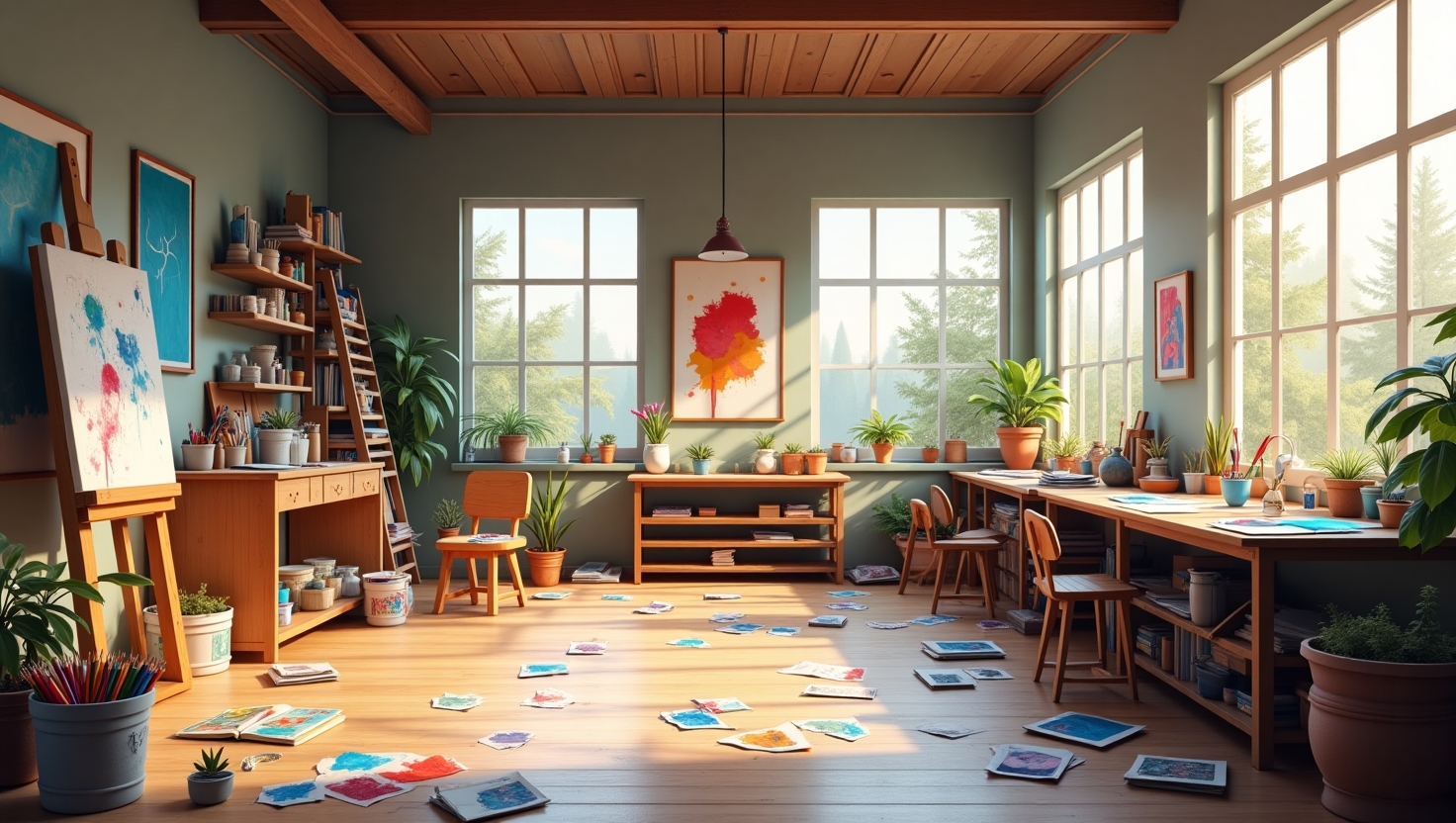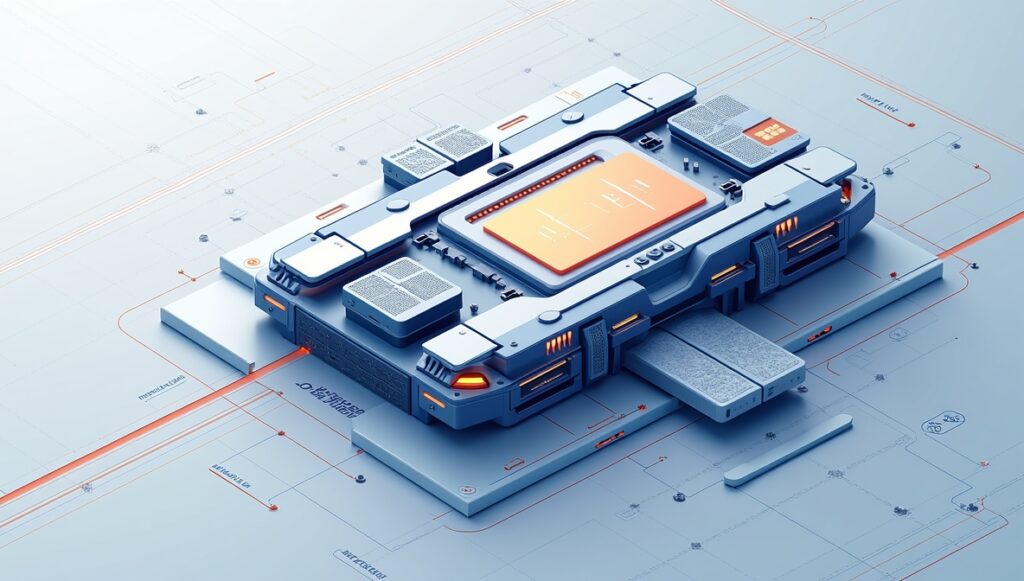space dedicated to fostering creativity flourishes not only within individuals but also through collaboration. When people from different backgrounds, disciplines, and perspectives come together, their collective creativity often leads to breakthrough ideas.
For example, design thinking—a popular innovation process—relies on collaboration between designers, engineers, marketers, and users to co-create solutions. In education, collaborative projects allow students to combine their strengths and think creatively as a group.
Innovation doesn’t happen in isolation. It’s the result of shared ideas, diverse inputs, and a willingness to explore together
Breaking the Myth: Creativity Is Not a Gift, It’s a Skill
Perhaps the biggest barrier to unleashing creativity is the false belief that it’s a rare, inborn talent. In reality, creativity is a skill that can be learned and practiced, just like writing, coding, or playing an instrument.
To become more creative, individuals need:
- Curiosity – a desire to learn and explore new things.
- Resilience – the courage to take risks and bounce back from failure.
- Openness – a willingness to consider different viewpoints and possibilities.
- Time and space – room to reflect, experiment, and daydream without pressure.
By encouraging these qualities, schools, workplaces, and communities can help everyone tap into their creative potential.
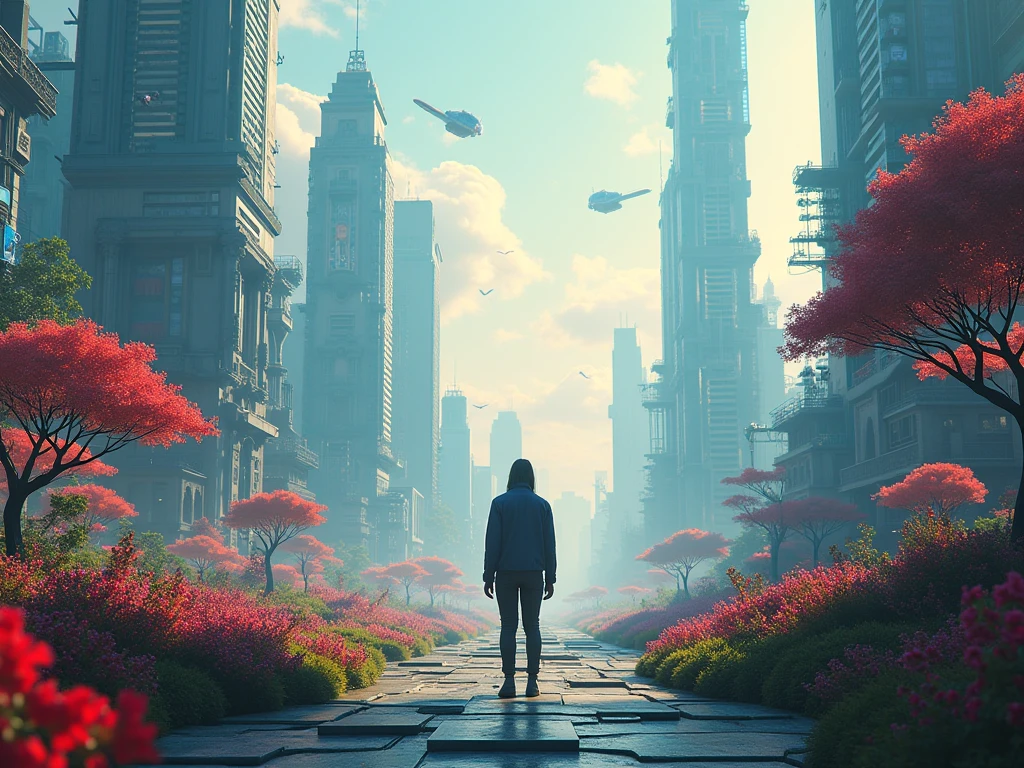
The Future Depends on Creativity
As we face global challenges such as climate change, public health crises, and rapid technological change, creativity will play a central role in shaping solutions. The future demands people who can think critically, imagine alternatives, and design new ways of living and working.
Creativity is not a luxury or a side pursuit—it is a powerful force that can transform individuals, teams, and entire societies. The more we understand and nurture it, the better equipped we will be to meet the complex needs of our ever-changing world.
In today’s rapidly evolving world, creativity is no longer a luxury or a bonus skill—it has become a core competency for success across all areas of life. Whether it’s in schools preparing students for an uncertain future, or in workplaces navigating digital transformation, the ability to think creatively, solve problems innovatively, and adapt to change is more important than ever. However, creativity does not thrive in rigid, rule-bound environments. It needs freedom, inspiration, and support. This is where the concept of spaces dedicated to fostering creativity comes into play.
These spaces are intentionally designed environments that encourage exploration, experimentation, and imagination. They can take many forms: a makerspace in a school library, a creative lab in a company, a digital collaboration zone, or even a flexible corner with comfortable seating and inspirational tools. Regardless of the physical structure, the purpose remains the same—to create a setting where individuals feel safe to express themselves, take risks, and work on ideas without fear of failure or judgment.
In schools, such creative spaces are vital for cultivating skills that go beyond standardized testing. They allow students to engage in hands-on learning, collaborative projects, and critical thinking. Through access to tools like 3D printers, coding kits, whiteboard walls, and art supplies, students learn to turn abstract ideas into tangible outcomes. These environments also support STEAM (Science, Technology, Engineering, Arts, and Math) learning, where creativity becomes the bridge between disciplines, promoting holistic and innovative education.
In the professional world, creativity-focused spaces are becoming essential due to the changing nature of work. With the rise of artificial intelligence and automation, many routine tasks are disappearing. What remains are roles that require human ingenuity, emotional intelligence, and problem-solving—qualities that thrive in creative environments. Companies are now designing office spaces that support different modes of work: quiet zones for focused thinking, collaborative areas for brainstorming, and flexible setups that can adapt to various creative processes. These spaces not only boost productivity but also improve employee satisfaction, engagement, and innovation.
Moreover, a dedicated creative space sends a strong cultural message. It tells students or employees that their ideas matter, that exploration is encouraged, and that the organization values imagination as much as output. It becomes a physical symbol of a larger mindset—one that promotes curiosity, lifelong learning, and resilience.
Ultimately, a space dedicated to fostering creativity is more than just a room or a resource. It is an ecosystem designed to nurture the creative potential in everyone. By combining the right tools, supportive culture, and intentional design, such spaces empower individuals to take ownership of their ideas, collaborate meaningfully, and create solutions that make a real impact in the world.
Understanding Creativity: More Than Just Artistic Expression
Creativity is often misunderstood as a trait reserved for artists, musicians, or writers. While it’s true that creativity plays a major role in artistic pursuits, it extends far beyond the canvas, stage, or page. In truth, creativity is a universal human capacity—an essential skill used in all areas of life, from science and business to education, technology, and everyday problem-solving. Understanding creativity in a broader sense allows individuals and organizations to unlock its full potential and apply it in diverse, meaningful ways.
Defining Creativity in a Modern Context
At its core, creativity is the ability to generate new ideas, make connections between seemingly unrelated concepts, and come up with original solutions to problems. It involves thinking beyond conventional boundaries, challenging assumptions, and exploring possibilities that haven’t been considered before.
In the modern world, where change is constant and complexity is the norm, creativity is no longer optional—it’s essential. Whether you’re designing a new product, improving a business process, resolving a workplace conflict, or reimagining classroom teaching methods, creativity provides the fuel that drives innovation and progress.
Creativity as a Problem-Solving Skill
Creativity is not limited to artistic expression because it plays a central role in problem-solving. Engineers use creativity to design smarter machines. Scientists rely on creative thinking to develop experiments and interpret data. Entrepreneurs use it to identify market gaps and invent new products or services. Teachers apply it when adapting lessons to engage different learning styles.
This type of creativity—sometimes called applied creativity—is about solving real-world challenges by thinking in unconventional ways. It’s about taking what you know and stretching it into something new, something better, or something more efficient.
Everyday Creativity: A Skill for Everyone
One of the most powerful aspects of creativity is that it is not limited to a select few. Everyone has the potential to be creative, regardless of their job title, background, or industry. Everyday creativity might look like:
- Finding a more efficient way to organize your workspace.
- Cooking a meal with whatever ingredients you have left in the fridge.
- Helping a friend look at a personal problem from a new angle.
- Writing an engaging email that captures attention.
These small, daily acts of creativity improve our lives and contribute to a more innovative, adaptable society. The more we recognize and value these moments, the more we build confidence in our creative abilities.
The Science Behind Creativity
Creativity is not just a mysterious, spontaneous spark. Research in neuroscience and psychology shows that creativity involves multiple brain functions, including memory, reasoning, and emotional processing. It is a skill that can be developed and strengthened over time through practice, exposure to new ideas, and an open mindset.
Different types of creativity have even been identified:
- Divergent thinking – generating many ideas or solutions to a single problem.
- Convergent thinking – narrowing down ideas to find the best one.
- Lateral thinking – approaching problems from new and indirect angles.
These mental processes can be trained, just like physical muscles. The more we engage in creative tasks and challenge ourselves to think differently, the more creative we become.
Creativity in the Workplace
In professional environments, creativity is becoming a core requirement. With automation taking over routine and repetitive tasks, human roles are increasingly focused on those skills machines cannot easily replicate—such as imagination, empathy, and complex decision-making.
Businesses that cultivate a culture of creativity gain a competitive advantage. Creative teams are better at adapting to change, identifying opportunities, and delivering innovative products and services. Creative thinking also leads to higher job satisfaction, as employees feel more engaged, empowered, and involved in meaningful work.
Creativity Beyond the Individual: Collaboration and Innovation
Creativity flourishes not only within individuals but also through collaboration. When people from different backgrounds, disciplines, and perspectives come together, their collective creativity often leads to breakthrough ideas.
For example, design thinking—a popular innovation process—relies on collaboration between designers, engineers, marketers, and users to co-create solutions. In education, collaborative projects allow students to combine their strengths and think creatively as a group.
Innovation doesn’t happen in isolation. It’s the result of shared ideas, diverse inputs, and a willingness to explore together.
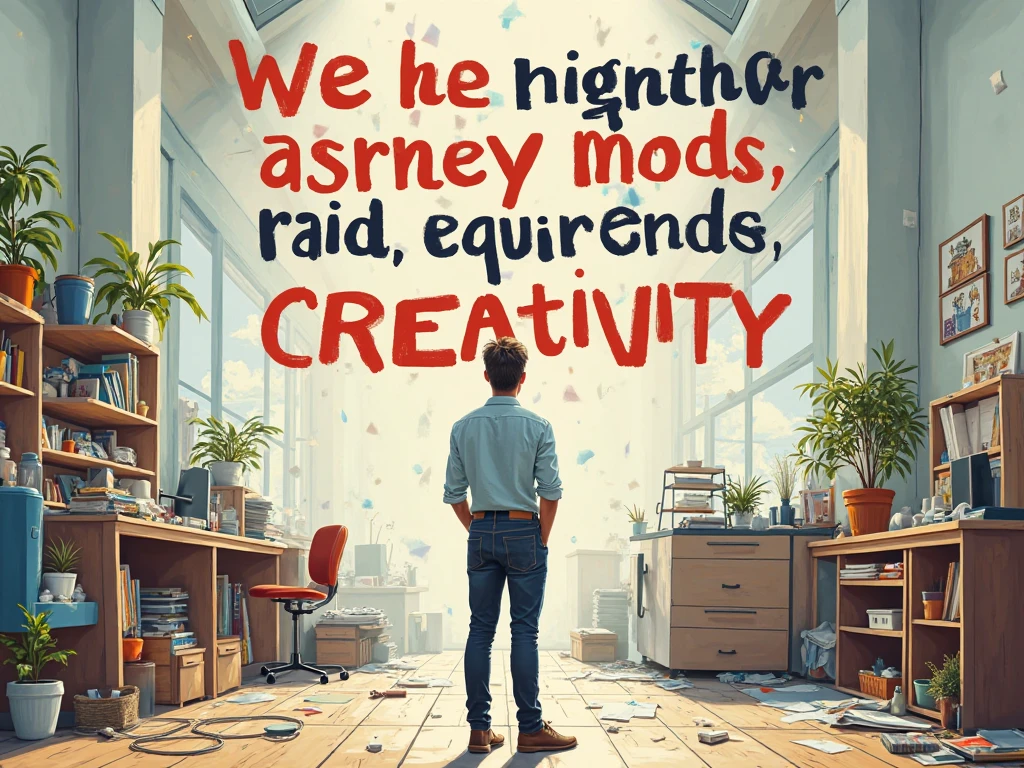
Breaking the Myth: Creativity Is Not a Gift, It’s a Skill
Perhaps the biggest barrier to unleashing creativity is the false belief that it’s a rare, inborn talent. In reality, creativity is a skill that can be learned and practiced, just like writing, coding, or playing an instrument.
To become more creative, individuals need:
- Curiosity – a desire to learn and explore new things.
- Resilience – the courage to take risks and bounce back from failure.
- Openness – a willingness to consider different viewpoints and possibilities.
- Time and space – room to reflect, experiment, and daydream without pressure.
By encouraging these qualities, schools, workplaces, and communities can help everyone tap into their creative potential.
The Future Depends on Creativity
As we face global challenges such as climate change, public health crises, and rapid technological change, creativity will play a central role in shaping solutions. The future demands people who can think critically, imagine alternatives, and design new ways of living and working.
Brainstorming: A Foundation for Creative Thinking
In the world of innovation and problem-solving, brainstorming stands out as one of the most effective tools for generating fresh ideas. It serves as the cornerstone of creative thinking by encouraging open-mindedness, collaboration, and the free flow of thoughts. Whether used in business meetings, classrooms, or design studios, brainstorming helps individuals and teams tap into their creative potential and discover solutions that might otherwise remain hidden.
What Is Brainstorming?
Brainstorming is a structured yet open-ended method of idea generation. It was first popularized in the 1940s by advertising executive Alex Osborn, who believed that people could produce better ideas in a group setting than individually—provided that criticism was suspended during the idea-generation phase.
The primary goal of brainstorming is quantity over quality—to come up with as many ideas as possible, without immediately evaluating them. This method frees participants from the fear of judgment and allows unusual or bold ideas to surface. Only after the brainstorming session ends are the ideas reviewed, refined, and selected for further development.

Why Brainstorming Fuels Creative Thinking
Brainstorming is more than a simple discussion—it is a powerful engine of creativity. Here’s why:
- Encourages Divergent Thinking
Brainstorming thrives on divergent thinking, which is the ability to explore many possible solutions. It pushes participants to think outside the box and stretch their imagination beyond standard answers. - Removes Judgment
During a brainstorming session, all ideas are welcome—no matter how strange or unconventional. This non-judgmental environment helps people speak freely without fear of criticism, allowing creativity to flourish. - Builds on Ideas
One idea often sparks another. In a group setting, hearing others’ suggestions can lead to new perspectives or unexpected combinations of ideas, resulting in innovations that would not emerge in isolation. - Breaks Mental Blocks
People often get stuck when solving complex problems. Brainstorming can break these mental blocks by stimulating new ways of thinking and bypassing habitual patterns.
Types of Brainstorming
Over the years, different forms of brainstorming have evolved to suit varying needs and contexts. Here are some of the most common types:
- Traditional Group Brainstorming
Participants sit together and freely share ideas verbally. A facilitator may guide the discussion, while someone records the ideas. - Brainwriting
Instead of speaking, participants write down their ideas silently on paper or sticky notes. This can help introverts contribute more comfortably. - Mind Mapping
A visual technique where ideas branch out from a central concept. It’s useful for exploring complex ideas and relationships. - Rapid Ideation
Participants generate as many ideas as possible in a short, timed session. This encourages quick thinking and spontaneity. - Online Brainstorming
Using digital tools like Miro or Google Docs, remote teams can brainstorm in real time, making collaboration possible across different locations.
Key Principles for Successful Brainstorming
To make the most of brainstorming sessions, certain ground rules and principles should be followed:
- Defer Judgment
Criticism or evaluation should be postponed until after the session. This keeps the atmosphere open and creative. - Aim for Quantity
The more ideas generated, the greater the chance of finding a breakthrough concept. No idea is too silly during the brainstorming phase. - Encourage Wild Ideas
The most outlandish suggestions can lead to surprisingly practical solutions. Creativity often lives at the edge of possibility. - Build on the Ideas of Others
Use others’ ideas as a springboard. Saying “yes, and…” instead of “no, but…” encourages collaboration and idea evolution. - Stay Focused on the Topic
While creative thinking should be free-flowing, a clear focus or problem statement helps guide the session and ensure relevance.
The Role of Brainstorming in Teams and Organizations
Brainstorming plays a vital role in group dynamics and organizational creativity. When done well, it:
- Promotes Inclusion: Everyone, regardless of rank or title, can contribute equally.
- Fosters Collaboration: It brings together different perspectives, leading to more holistic solutions.
- Builds Trust and Confidence: A safe space for idea-sharing helps employees feel valued and heard.
- Accelerates Innovation: Organizations that regularly brainstorm are more adaptable and open to change.
In fast-paced industries like tech, design, and media, brainstorming is embedded into product development cycles, branding strategies, and problem-solving processes. Even traditional sectors like education, healthcare, and manufacturing now use brainstorming to innovate operations and improve services.
Brainstorming in Individual Creative Work
While often associated with group work, brainstorming is also powerful for individuals. Solo brainstorming allows for introspection, focus, and deep concentration without external influence. Common individual brainstorming techniques include:
- Journaling: Writing freely about a topic to discover new ideas.
- Sketching: Visualizing ideas through drawing or diagramming.
- SCAMPER Technique: A method that involves asking questions like “What can I Substitute, Combine, Adapt, Modify, Put to another use, Eliminate, or Reverse?”
Personal brainstorming is especially useful for artists, writers, freelancers, and entrepreneurs who rely heavily on self-driven creativity.
Overcoming Challenges in Brainstorming
Despite its many benefits, brainstorming is not without challenges. Common obstacles include:
- Groupthink: When people conform to dominant ideas rather than offering new ones.
- Lack of Structure: Without a clear goal or facilitator, sessions can become chaotic or unproductive.
- Dominant Voices: Strong personalities may overshadow quieter team members.
- Fear of Judgment: Even in “judgment-free” settings, participants may hesitate to share bold ideas.
These issues can be mitigated by strong facilitation, clear guidelines, inclusive participation, and follow-up evaluations of the ideas generated.
Brainstorming: A Continuous Creative Practice
Brainstorming is not just a one-time event—it’s a mindset and a continuous practice. It helps individuals and teams regularly engage with problems, explore opportunities, and innovate effectively. When embedded in an organization’s culture, brainstorming can create a ripple effect of openness, curiosity, and experimentation.
Ultimately, brainstorming lays the foundation for creative thinking by creating an environment where all ideas are welcome, mistakes are embraced, and imagination is allowed to roam free.
Makerspaces: Hands-On Creativity in Education
Makerspaces are physical environments in schools, libraries, or community centers where students can gather to create, invent, explore, and learn through hands-on activities. These spaces are designed to foster creativity, problem-solving, and innovation across disciplines.
What Is a Makerspace?
A makerspace is a collaborative workspace equipped with tools and materials like 3D printers, craft supplies, electronics, woodworking kits, and software. It’s a flexible space where students can experiment and build projects, turning ideas into tangible outcomes.
Encouraging Active Learning
Makerspaces support project-based learning, where students learn by doing rather than by passively receiving information. This approach develops critical thinking, design thinking, and teamwork skills.
Integrating STEM and the Arts
While often associated with STEM (science, technology, engineering, and math), makerspaces also include the arts—promoting STEAM education. Students can blend science and creativity by coding robots, building models, designing art pieces, or creating multimedia projects.
Fostering Innovation and Problem Solving
Makerspaces encourage students to take risks, make mistakes, and try again—core elements of creative thinking. They provide a safe space for trial and error, boosting confidence and resilience.
Promoting Equity and Inclusion
By offering open access to tools and resources, makerspaces create equal opportunities for all students to participate, regardless of background or academic ability. This inclusive model nurtures diverse talents and interests.
Creativity at Work: The Employee Perspective
In the modern workplace, creativity is no longer a luxury—it’s a necessity. As automation and artificial intelligence take over repetitive tasks, the human ability to think creatively and solve complex problems becomes increasingly valuable. Employees across industries are beginning to recognize the importance of creativity in their roles, but the extent to which they feel empowered to be creative varies greatly depending on organizational culture, tools, and support systems.
Understanding Employees’ Views on Creativity
Recent research by Steelcase involving nearly 5,000 employees from countries like France, Germany, Japan, Spain, the UK, and the US reveals how employees perceive creativity. The findings show that while many workers desire more opportunities to be creative, structural and cultural barriers within organizations often prevent them from doing so.
For instance, in the UK, only 36% of employees report being able to work creatively on a daily basis—placing them behind peers in countries like the US, France, and Germany. This is alarming considering that 84% of UK workers believe their future roles will require the same or even more creativity.
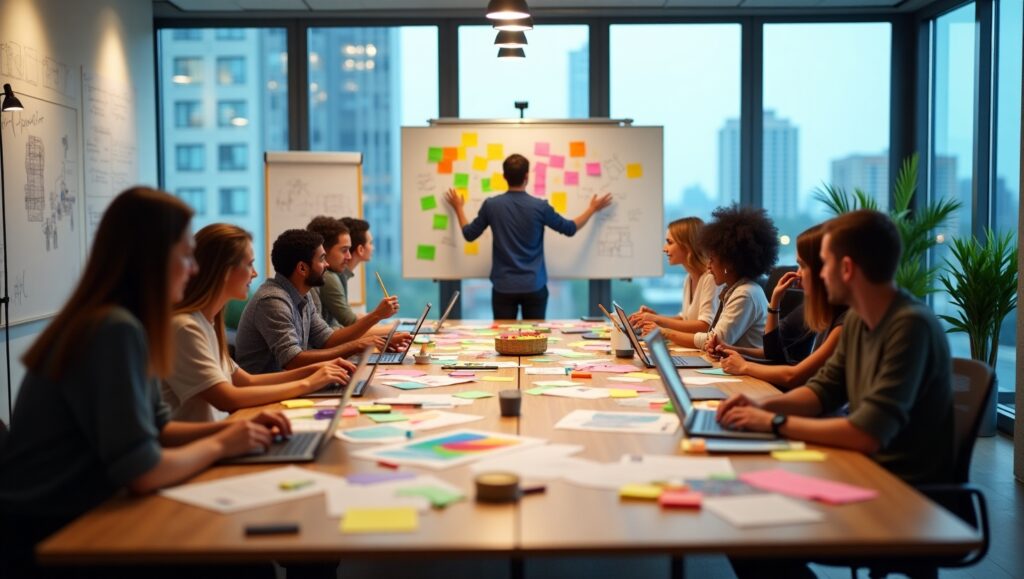
Why Creativity Matters in the Workplace
Creativity at work isn’t just about coming up with new product ideas or marketing slogans. It includes problem-solving, innovation, collaboration, and adaptability—all critical skills for business growth and competitiveness in a rapidly changing world. Employers who fail to support creative thinking risk falling behind.
Common Barriers to Employee Creativity
Employees often face obstacles such as rigid organizational structures, lack of access to creative tools, uninspiring environments, and a culture that punishes failure. These barriers prevent workers from reaching their full creative potential, leading to disengagement and lower productivity.
Table: Global Employee Insights on Workplace Creativity
| Country | % of Employees Who Feel Creative Daily | Major Barriers Identified | Desire for More Creative Work |
|---|---|---|---|
| United Kingdom | 36% | Organisational process, lack of tools | High |
| United States | 45% | Time constraints, performance pressure | High |
| Germany | 42% | Hierarchical structure, rigid routines | Moderate |
| France | 40% | Low engagement with leadership | Moderate to High |
| Japan | 32% | Cultural norms, fear of mistakes | High |
| Spain | 38% | Limited autonomy, unclear expectations | High |
Conclusion:
In a world that thrives on innovation and adaptability, spaces dedicated to fostering creativity are no longer a luxury—they are a necessity. These environments, whether physical or virtual, play a critical role in shaping how individuals learn, collaborate, and solve problems. From Innovation Hubs at top universities to purposefully designed school libraries and digital platforms for creative engagement, these spaces act as catalysts for personal growth and collective progress.
Creative spaces offer more than just a place to work—they create a mindset. They are designed with intention: to spark curiosity, encourage experimentation, and allow people to think without boundaries. With flexible layouts, access to cutting-edge technology, natural elements like daylight and greenery, and zones for both focused work and group discussion, these environments are carefully crafted to support a wide range of learning and working styles.
One of the greatest strengths of these spaces is their ability to bring together people from different disciplines, cultures, and experiences. Whether it’s students collaborating on a startup idea, educators designing new ways to teach, or entrepreneurs building solutions to real-world challenges, these hubs of creativity empower individuals to think beyond silos and work collectively toward meaningful outcomes.
Moreover, these spaces promote wellness, self-expression, and emotional engagement. Thoughtful design elements—such as green walls, natural light, calming color schemes, and inviting seating—help reduce stress, improve focus, and enhance a sense of belonging. In environments like the Puxi Library at the Shanghai American School, the architecture itself becomes a teacher, guiding students toward deeper learning, community connection, and a mindset of continuous exploration.
As we look toward the future of education, business, and society at large, it is clear that creativity must be nurtured intentionally. By investing in and prioritizing creative spaces, we are not only supporting innovation—we are building a generation of thinkers, doers, and leaders who are equipped to thrive in a constantly evolving world. Whether in schools, workplaces, or digital communities, the spaces we design today will define the possibilities we create tomorrow.
Frequently Asked Questions (FAQs):
What is a space dedicated to fostering creativity?
It is a physical or virtual environment specifically designed to encourage imaginative thinking, collaboration, and innovation. These spaces often include flexible furniture, access to technology, natural light, and areas for both individual focus and group interaction.
Why are creative spaces important in education and business?
Creative spaces help students and professionals develop critical thinking, problem-solving, and collaborative skills. They bridge theory and practice, allowing ideas to be explored, tested, and refined in real-world contexts.
What are some features of an effective creative space?
Key features include open layouts, adaptable furniture, access to digital tools, natural elements (like light and plants), breakout zones, and spaces for both quiet reflection and group discussion.
How do Innovation Hubs support creativity?
Innovation Hubs bring together people from different backgrounds to work on real-world challenges, offering mentorship, funding, and collaborative opportunities that stimulate entrepreneurial thinking and innovation.
Can digital platforms also foster creativity?
Yes, online platforms like ConversationswithJessica create virtual communities where users can share ideas, learn from others, and find inspiration through storytelling and mentorship.
What is an example of a successful creative space in a school setting?
The Puxi Library at Shanghai American School is a standout example. With its flexible study areas, natural design elements, and technology-focused amenities, it promotes student well-being, expression, and collaboration.
Who benefits from creativity-focused spaces?
Students, educators, entrepreneurs, artists, researchers, and professionals across industries benefit from environments that encourage creativity. These spaces also positively impact communities by fostering innovation and engagement.
How can schools or businesses create more creative spaces?
By involving users in the design process, focusing on flexibility, incorporating nature and light, and supporting both collaboration and individual work, schools and businesses can create environments that truly support creativity.

